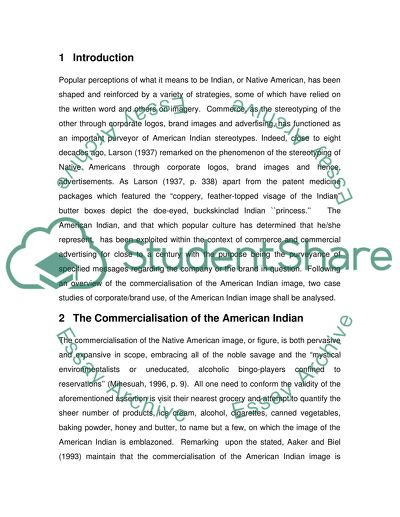Cite this document
(The Stereotyping of Native Americans within Commerce Case Study, n.d.)
The Stereotyping of Native Americans within Commerce Case Study. Retrieved from https://studentshare.org/macro-microeconomics/1539501-the-stereotyping-of-native-americans-within-commerce
The Stereotyping of Native Americans within Commerce Case Study. Retrieved from https://studentshare.org/macro-microeconomics/1539501-the-stereotyping-of-native-americans-within-commerce
(The Stereotyping of Native Americans Within Commerce Case Study)
The Stereotyping of Native Americans Within Commerce Case Study. https://studentshare.org/macro-microeconomics/1539501-the-stereotyping-of-native-americans-within-commerce.
The Stereotyping of Native Americans Within Commerce Case Study. https://studentshare.org/macro-microeconomics/1539501-the-stereotyping-of-native-americans-within-commerce.
“The Stereotyping of Native Americans Within Commerce Case Study”, n.d. https://studentshare.org/macro-microeconomics/1539501-the-stereotyping-of-native-americans-within-commerce.


